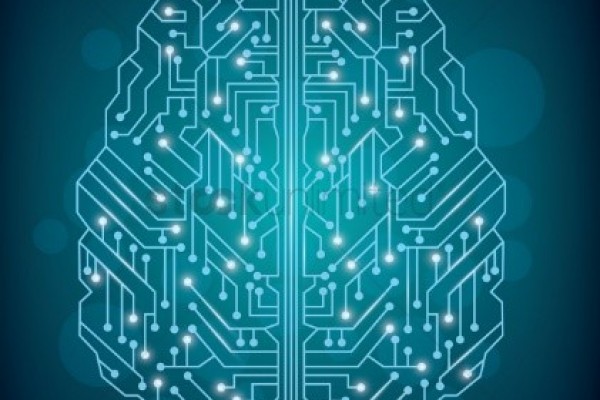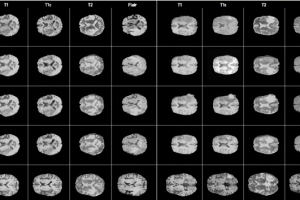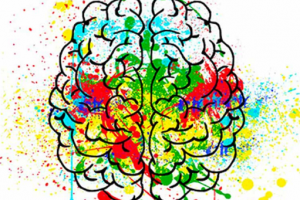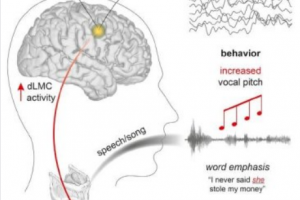Brain circuit helps us learn by watching others
Tye and her colleagues at MIT have now identified the brain circuit that is required for kind of learning based on watching.
Tye and her colleagues at MIT have now identified the brain circuit that is required for kind of learning based on watching. This circuit, which is distinct from the brain network used to learn from firsthand experiences, relies on input from a part of the brain responsible for interpreting social cues.
Previous brain-scanning studies in humans suggested that two parts of the brain known as the anterior cingulate cortex (ACC) and basolateral amygdala (BLA) are active when we learn by watching others. The ACC is involved in evaluating social information, among other functions, and the BLA plays a key role in processing emotions. However, it was unknown how these regions interact to learn from others’ experiences.
To try to unravel this process, the MIT team investigated what happens in the brains of mice as they observe another mouse receiving electric shocks paired with a cue such as a tone or light. Mice receiving the shocks learn to fear the cue and will freeze when they hear it later.
The researchers found that when mice that had watched this process heard the cue one day later, they froze in fear, even though they had not experienced any shocks during the conditioning.
After this, researchers set out to figure out what was happening in the ACC and BLA as the observer mice learned to make the association. They recorded electrical activity in both regions as the mice watched the fear conditioning process, then performed a new type of analysis called neural trajectory analysis.
This analysis, showed that the ACC becomes much more active as the mouse witnesses another mouse’s experience. It then relays information about the experience to the BLA, which uses it to form an association between the cue and the shock.
“The anterior cingulate is transmitting that there is important information to extract from the demonstrator,” Tye says. “It’s translating socially derived information and sending it to the BLA to assign predictive value there.”
In later experiments, the researchers identified specific neurons in the ACC that connect directly with neurons in the BLA. When they blocked those connections during the observational learning task, the mice did not learn to fear the cue.
When the researchers blocked the ACC-to-BLA connection in mice that were receiving shocks paired with a tone, there was no effect on the observer mouse’s ability to connect the cue with the shock, offering further evidence that this circuit is specifically involved in learning from others.
Although they have known the importance of these two brain regions in social, emotional, and decision-making processes, this study provides unprecedented and beautiful circuit-level accounts of how the two systems work together to make social learning possible. This new finding tells us a precise neural mechanism behind how we evaluate others and learn from them to guide our own cognition and behavior.
MIT news





Related Posts